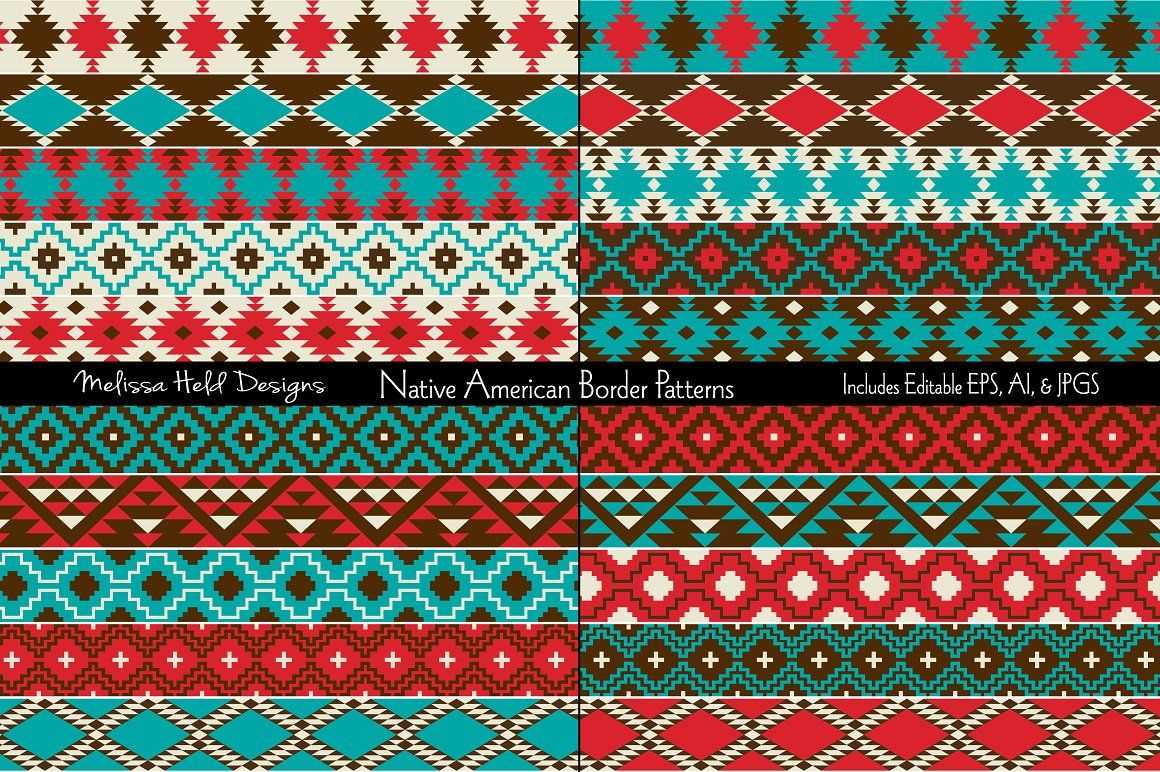
Knitting is an ancient craft that has been practiced by people all over the world for centuries. From the intricate lace patterns of Europe to the colorful geometric designs of South America, knitting has been used to create beautiful and functional garments and accessories. One style of knitting that is particularly rich in tradition and history is native knitting patterns.
Native knitting patterns are unique to specific indigenous cultures and have been passed down through generations. These patterns often reflect the natural environment and cultural symbolism of the people who create them. They incorporate motifs and symbols that have deep cultural and spiritual significance, making each piece a work of art that tells a story.
Many native knitting patterns are characterized by their use of bold colors and intricate designs. The patterns often feature geometric shapes, animal motifs, and symbols that represent elements of nature. The skill and artistry that goes into creating these patterns is immeasurable, and they have become highly sought after by collectors and enthusiasts around the world.
History of Native Knitting Patterns
The art of knitting has a long and rich history among Native cultures around the world. For centuries, Native communities have used knitting as a practical way to create warm and durable garments and accessories. Native knitting patterns have been passed down through generations, preserving the cultural heritage and craftsmanship of these communities.
Native knitting techniques vary depending on the region, with each community having its own distinct style and patterns. Some Native knitting patterns feature geometric designs, while others incorporate symbolic motifs inspired by nature, animals, or ancestral stories. These patterns are often deeply rooted in cultural traditions and hold significant meaning for the people who create and wear them.
In North America, Native knitting patterns have been an integral part of Indigenous cultures for centuries. For example, the Cowichan people of Vancouver Island in Canada are known for their distinctive Cowichan sweaters, which feature bold geometric patterns and are made from locally sourced wool. These sweaters have become iconic symbols of Indigenous art and craftsmanship.
In Scandinavia, the Sami people have a long history of knitting intricate patterns using traditional techniques. Sami knitting patterns often feature bands of various colors, representing different aspects of Sami culture and nature. These knitted garments, such as mittens and socks, are not only functional but also carry cultural significance.
Throughout history, Native knitting patterns have provided Indigenous communities with a sense of identity and cultural pride. Today, these patterns continue to be cherished and celebrated, both within Native communities and the wider world. They serve as a reminder of the rich traditions and creativity of Native cultures and contribute to the preservation and revitalization of Indigenous art and craftsmanship.
On the topic of “Native knitting patterns,” let’s explore the origins of this traditional craft. Native knitting has a rich history that spans back thousands of years, with indigenous cultures around the world using different techniques and patterns to create beautiful and functional garments.
The use of knitting in native cultures can be traced back to ancient times. Historians have discovered evidence of knitting in archaeological remains, such as fragments of knitted socks found in Egyptian tombs dating back to the 4th century. This suggests that knitting was practiced by various civilizations, including native cultures, long before it became widely known in Europe.
- Native knitting patterns often reflect the culture and heritage of a specific indigenous group. In many cases, these patterns are passed down through generations, preserving the unique traditions and identity of the community. The patterns may feature symbols, colors, and motifs that hold special meaning and significance within the culture.
- Native knitting techniques vary across different regions and tribes. For example, Inuit communities in the Arctic region use a technique called “naalbinding,” which is a form of single-needle knitting. In contrast, Native American tribes in the southwestern United States utilize a technique known as “finger weaving” to create intricate patterns.
- The materials used in native knitting are often sourced locally. Depending on the region, indigenous knitters may use natural fibers like wool, alpaca, or plant-based materials like cotton or nettle. The availability of local resources contributes to the unique texture and appearance of the finished garments.
Native knitting is more than just a craft; it represents a connection to cultural heritage and a way of preserving traditional knowledge. The beautiful patterns and techniques passed down through generations serve as a reminder of the resilience and creativity of native cultures. Today, native knitting patterns continue to inspire contemporary designers and enthusiasts, bridging the gap between past and present.
The Cultural Significance of Native Knitting
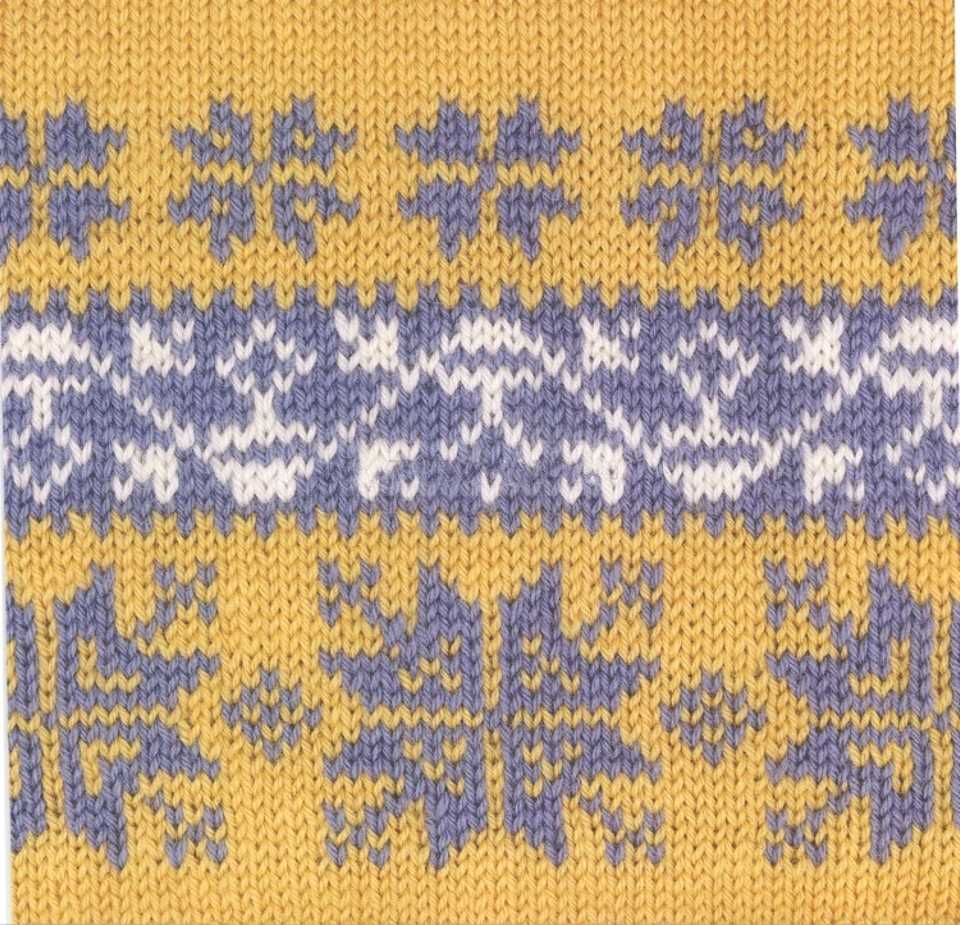
Native knitting patterns hold great cultural significance for indigenous communities around the world. These traditional patterns are an integral part of their heritage and serve as a means of preserving their cultural identity and traditions. The intricate designs and motifs found in native knitting reflect the rich history, stories, and symbolism of the indigenous people, making each piece an embodiment of their cultural heritage.
Native knitting patterns often incorporate symbols and motifs that have deep cultural and spiritual meanings. For example, in some Native American tribes, patterns featuring the eagle or the thunderbird symbolize power, strength, and spirituality. These symbols are not only aesthetically pleasing but also carry a spiritual and emotional significance, connecting the wearer to their indigenous roots.
The art of native knitting is typically passed down through generations, with elders teaching younger members of the community the skills and knowledge associated with this traditional craft. This practice not only helps to maintain the continuity of cultural traditions but also fosters a sense of community and togetherness. Knitting circles and gatherings are common in many indigenous communities, where members come together to share stories, knowledge, and experiences while creating beautiful and meaningful pieces of art.
Furthermore, native knitting patterns often incorporate natural materials and dyeing techniques that have been used for centuries. Many indigenous communities have a deep connection with the environment and consider it sacred. By using natural materials such as wool, cotton, or plant fibers, and utilizing natural dyeing methods, native knitters honor and respect the earth, weaving their cultural values and beliefs into their creations.
In conclusion, native knitting patterns go beyond mere fashion statements. They are powerful expressions of cultural identity, history, and spirituality. They serve as a tangible reminder of the rich heritage and traditions of indigenous communities, while also fostering a sense of pride, community, and connection to the natural world.
Traditional Native Knitting Techniques
Native knitting techniques have a long history and are deeply rooted in indigenous cultures around the world. These techniques have been passed down through generations, allowing for the preservation of traditional patterns and designs. In this article, we will explore some of the traditional knitting techniques used by Native peoples.
1. Stranded Knitting
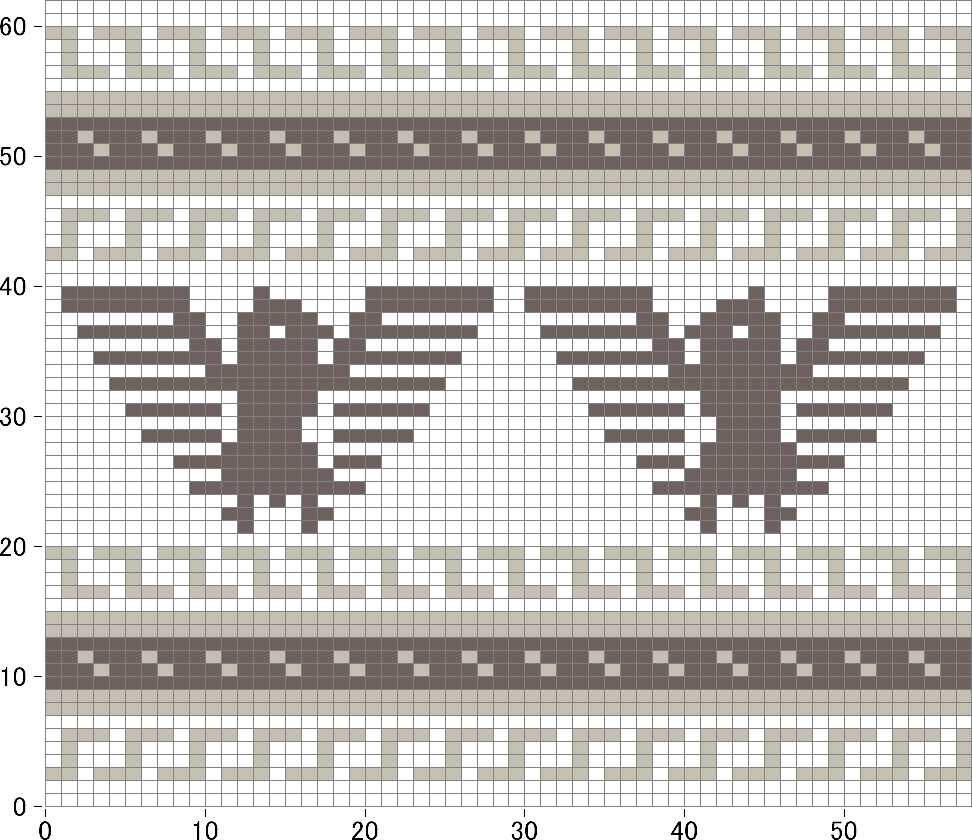
Stranded knitting, also known as Fair Isle knitting, is a technique commonly used in Nordic and Indigenous knitting. It involves using two or more colors of yarn in a single row or round, creating a pattern by carrying the unused yarn across the back of the work. This technique allows for intricate colorwork designs and is often used to create geometric patterns inspired by nature.
2. Intarsia Knitting
Intarsia knitting is a technique that involves working blocks of color within a larger piece of fabric. It is commonly used in Native American knitting to create bold and graphic designs. Unlike stranded knitting, where the unused yarn is carried across the back of the work, intarsia knitting requires separate bobbins or balls of yarn for each color block. This technique allows for more freedom in design and is often used to depict animals, symbols, and other meaningful elements.
3. Lace Knitting
Lace knitting is a technique that involves creating intricate and delicate patterns using yarnovers and decreases. While lace knitting is often associated with European knitting traditions, many Native cultures have their own unique lace knitting techniques. For example, Orenburg lace knitting from Russia and Estonian lace knitting both have distinct patterns and motifs that reflect the culture and traditions of the region. Lace knitting is often used to create shawls, scarves, and other lightweight garments.
4. Cable Knitting
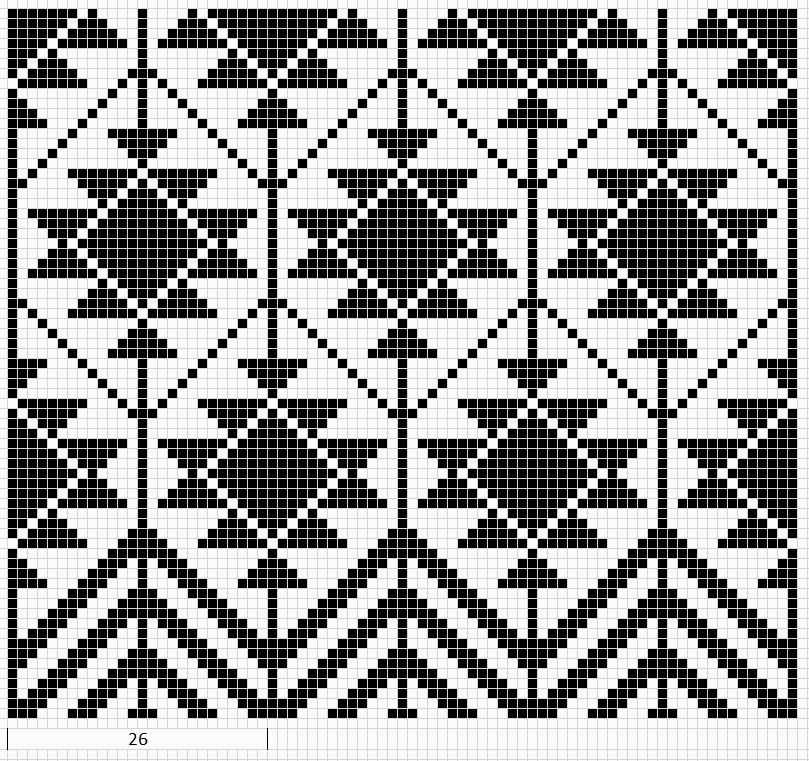
Cable knitting is a technique that involves crossing stitches to create twisted or braided patterns. This technique is commonly used in Aran knitting, a style of knitting that originated in the Aran Islands of Ireland. However, cable knitting is also found in various Indigenous knitting traditions. The cables represent intertwining vines or ropes, symbolizing unity and protection. Cable knitting is often used to create warm and cozy sweaters, hats, and blankets.
In conclusion, traditional Native knitting techniques encompass a wide range of styles and methods, each with its own unique characteristics and significance. These techniques not only create beautiful and intricate designs but also serve as a means of preserving cultural heritage and storytelling through knitting.
Materials Used in Native Knitting
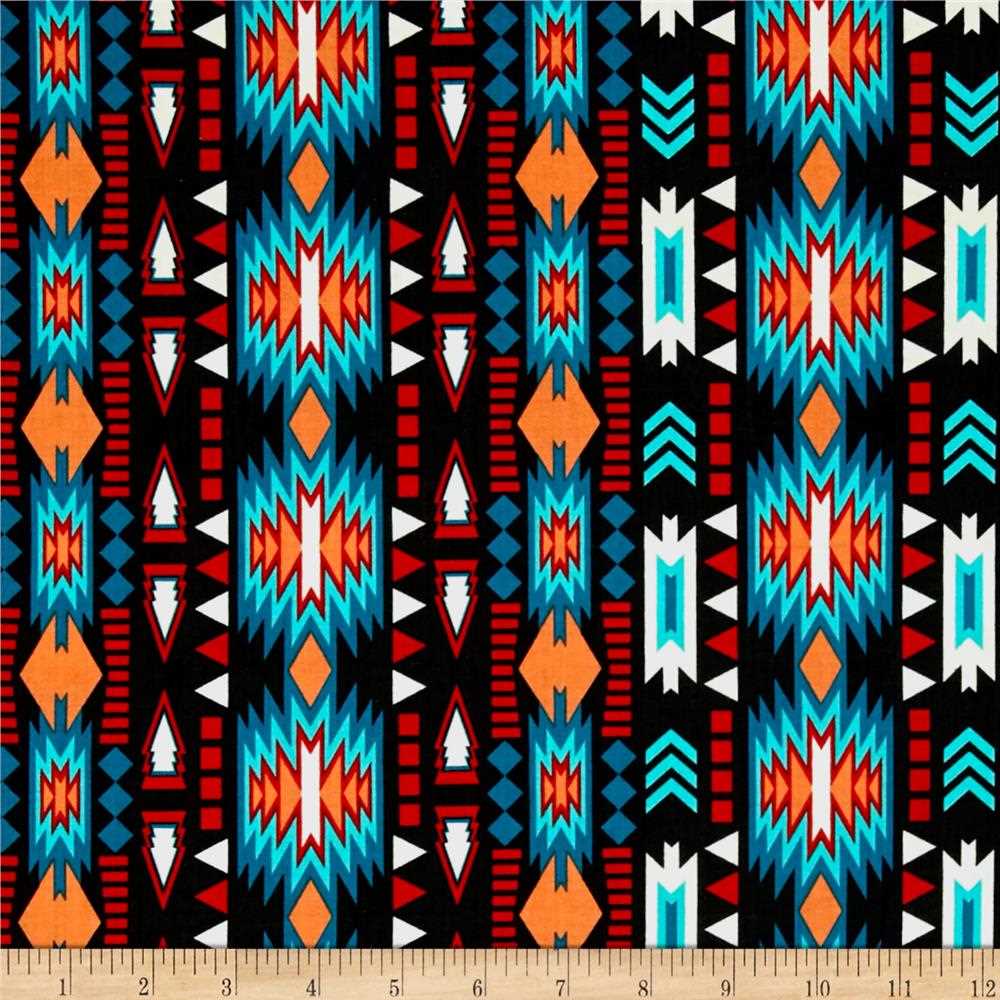
The art of Native knitting has a long history and is deeply intertwined with the culture and traditions of indigenous peoples around the world. One of the key aspects of native knitting is the use of natural materials in the creation of beautiful and functional garments. These materials are sourced directly from the environment and play a significant role in the overall aesthetic and symbolism of native knitting patterns.
Wool: Wool is one of the most commonly used materials in native knitting. It is obtained from various animals, such as sheep, llamas, alpacas, and goats. This natural fiber is highly durable, warm, and has excellent insulating properties, making it ideal for creating garments that can withstand harsh climates.
Plant fibers: Native knitting also incorporates plant-based fibers into their designs. Examples of these fibers include cotton, bamboo, hemp, and flax. These materials are often used to create lightweight and breathable garments that are perfect for warmer climates.
Fur: Fur is another material that is sometimes used in native knitting. It is usually sourced from animals like rabbits, beavers, and foxes. Fur adds a luxurious and cozy element to garments, providing extra warmth and texture.
Feathers: In some indigenous cultures, feathers are incorporated into native knitting patterns to add decorative elements to the garments. Feathers are traditionally sourced from birds and are used to create intricate designs and patterns that hold symbolic meaning within the cultural context.
Other natural materials: Native knitting also embraces the use of other natural materials such as shells, bone, and antlers. These materials are often used as embellishments or accessories, adding unique and culturally significant elements to the finished garments.
The use of these natural materials not only reflects the deep connection that indigenous peoples have with their environment but also contributes to the sustainability and eco-friendliness of native knitting practices. By utilizing materials that are readily available in their surroundings, native knitters are able to create beautiful and meaningful pieces that carry on their cultural heritage for generations to come.
Tools and Equipment for Native Knitting
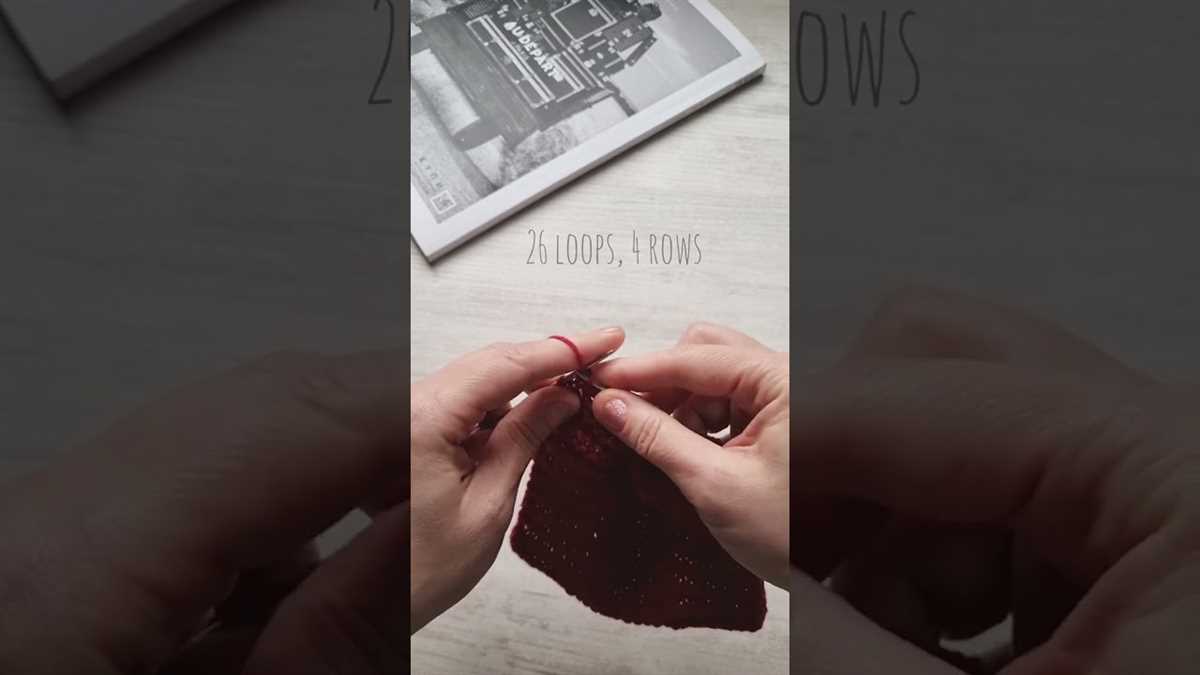
Native knitting, also known as traditional knitting, is a craft that requires specific tools and equipment to create beautiful and intricate patterns. These tools have been used by indigenous communities for centuries and are essential for preserving the cultural heritage of native knitting.
Knitting Needles
The primary tool used in native knitting is the knitting needle. These needles are usually made from natural materials like wood, bone, or metal. The length and thickness of the needles can vary depending on the type of knitting project. For finer and more delicate work, such as lace patterns, shorter needles with a thin diameter are preferred. On the other hand, larger and longer needles are used for thicker and bulkier knitting projects.
Yarn
Yarn is another essential component of native knitting. Traditionally, indigenous communities produce their yarn from natural materials such as wool, alpaca, or cotton. These fibers are often hand-spun and dyed using natural dyes made from plants, minerals, or insects. The choice of yarn and its characteristics, such as its thickness and texture, plays a crucial role in achieving the desired result in native knitting patterns.
Stitch Markers
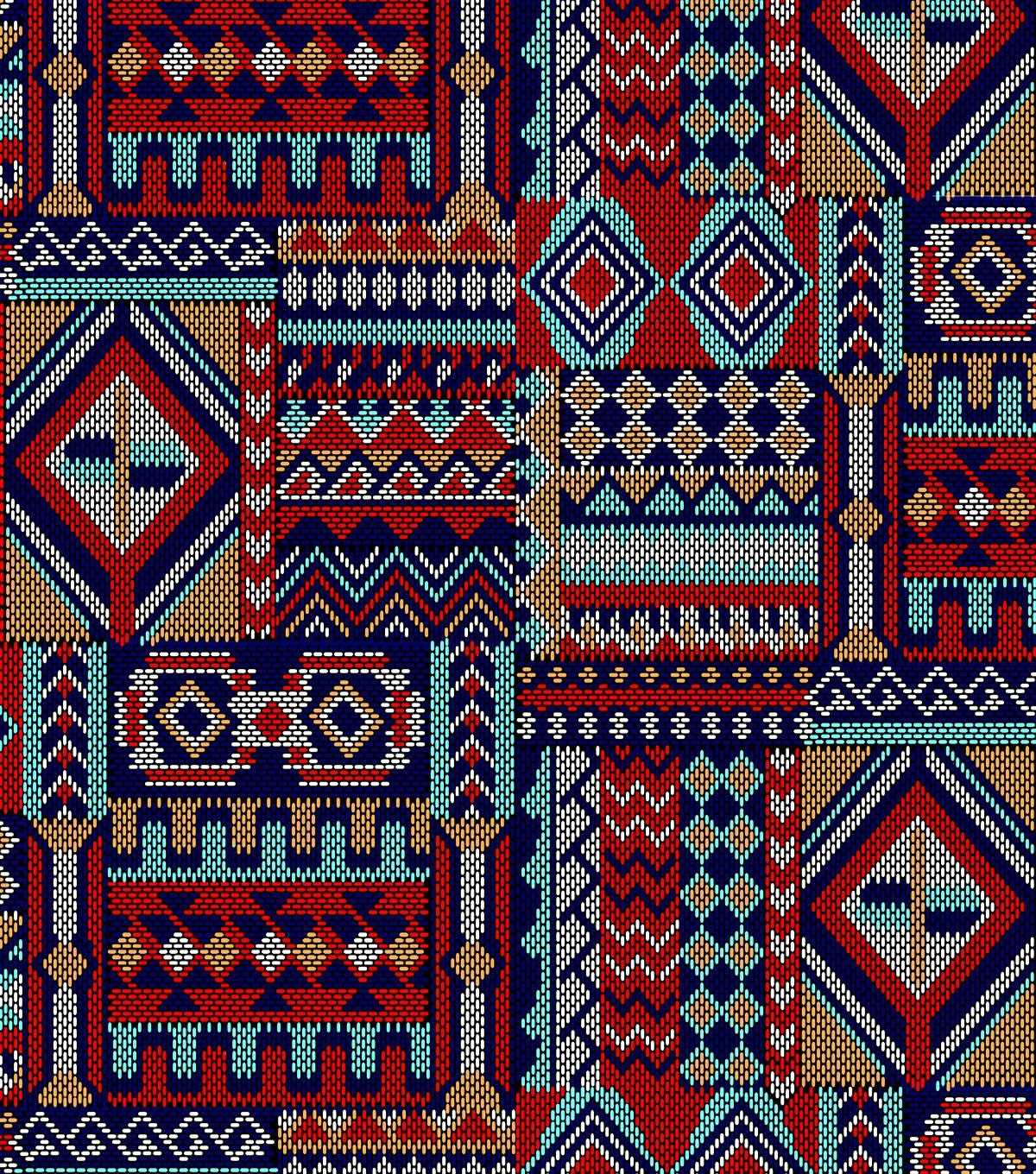
Stitch markers are small tools that help knitters keep track of their stitches and pattern repeats. In native knitting, where intricate and complex patterns are common, stitch markers are particularly useful. They can be markers that slide onto the knitting needle or removable stitch markers that are placed directly on the stitches. These markers help knitters avoid mistakes and ensure accuracy and consistency in their work.
Tape Measure
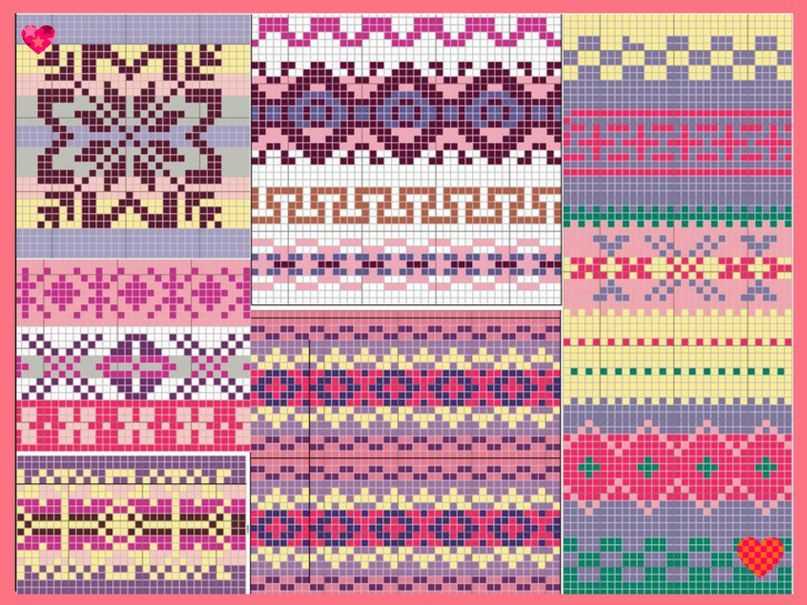
A tape measure is an essential tool for measuring the dimensions of the knitted garment or item. In native knitting, where fit and size are crucial, a tape measure helps ensure that the finished piece meets the desired measurements. It is used to measure the length, width, and circumference of the knitting project at various stages during the process.
Bobbins
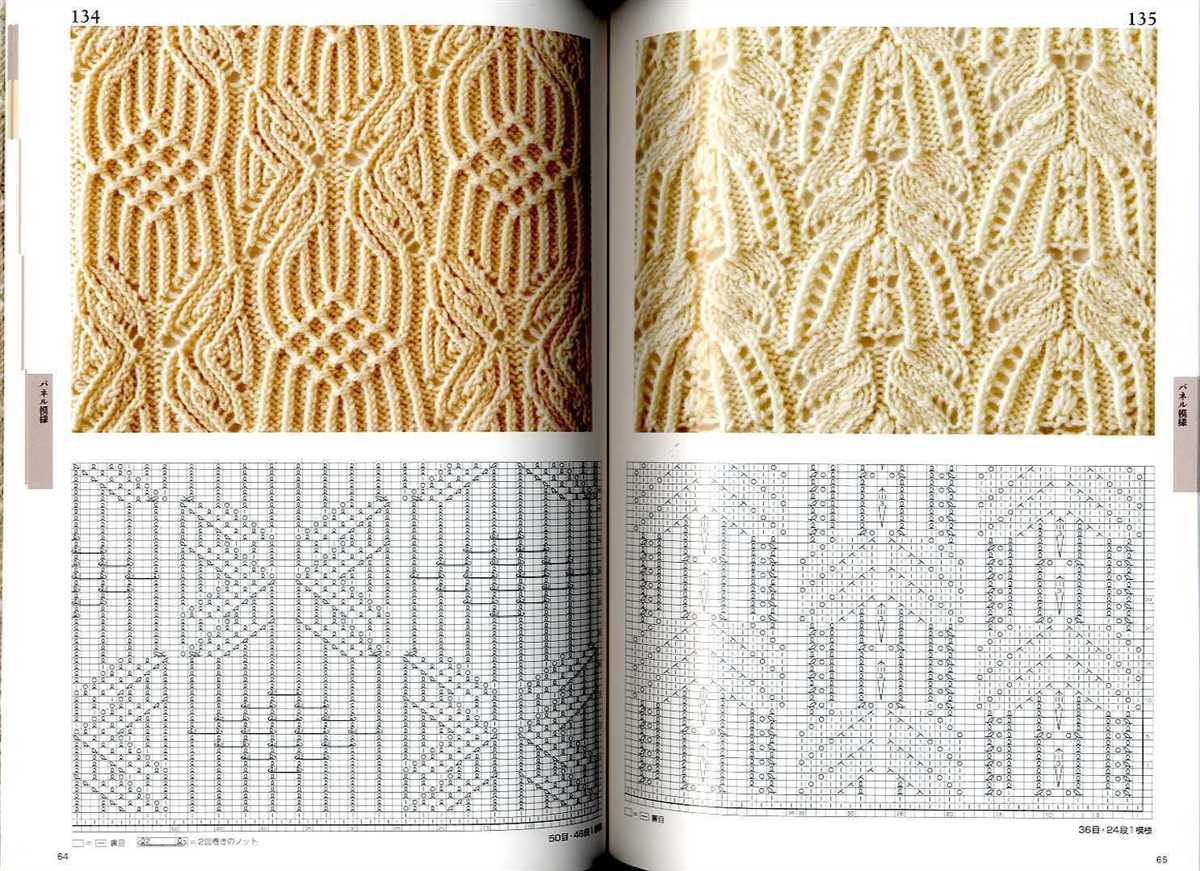
Bobbins are small spools or cylinders used to hold different colored yarns. In native knitting, bobbins are often used in colorwork or fair isle knitting, where multiple colors are incorporated into the pattern. Each color is wound onto a separate bobbin, making it easier to work with and preventing tangling. Bobbins help knitters manage the different colored yarns and maintain an organized workspace.
Basket or Bag
To keep all these tools organized and easily accessible, many native knitters use a basket or bag specifically designated for their knitting supplies. This allows them to have everything they need in one place and transport their work easily. The basket or bag can be made from natural materials, such as wicker or fabric, and may feature traditional designs or motifs that are meaningful to the knitter’s heritage.
Native Knitting Patterns by Region
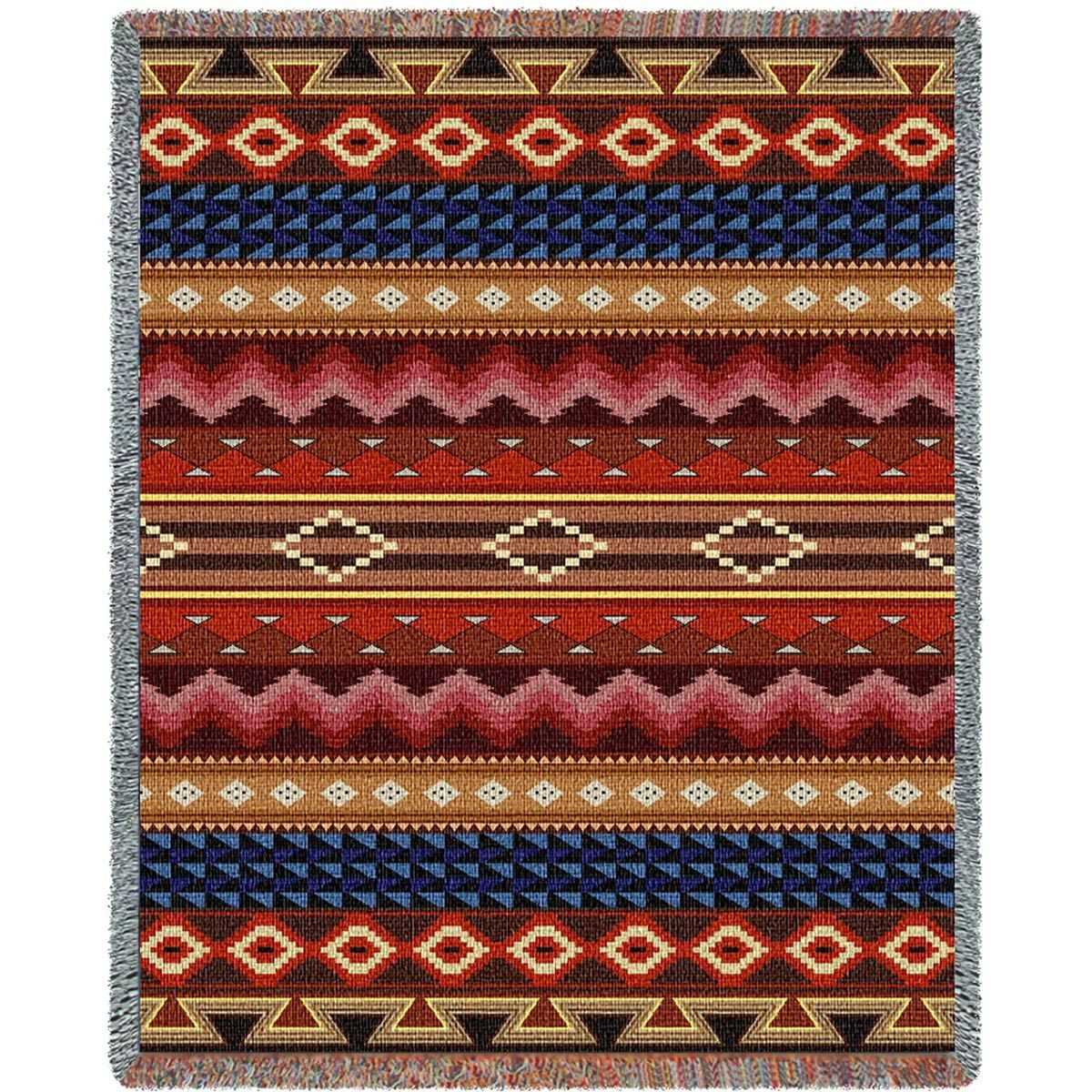
Knitting is a traditional craft that has been practiced by indigenous cultures around the world for centuries. Each region has its own unique knitting patterns that reflect the culture and history of the people who live there. These patterns often incorporate traditional motifs and symbols that hold deep meaning for the community.
North America: In North America, Native knitting patterns can be found among various indigenous groups, such as the Inuit, Coast Salish, and Navajo. The Inuit people are known for their intricate geometric designs, which are often inspired by the natural world and Arctic landscapes. The Coast Salish knitting styles feature bold geometric shapes and patterns that represent their cultural heritage. The Navajo people are renowned for their beautiful and intricate patterns, often seen in their famous Ganado rugs.
South America:
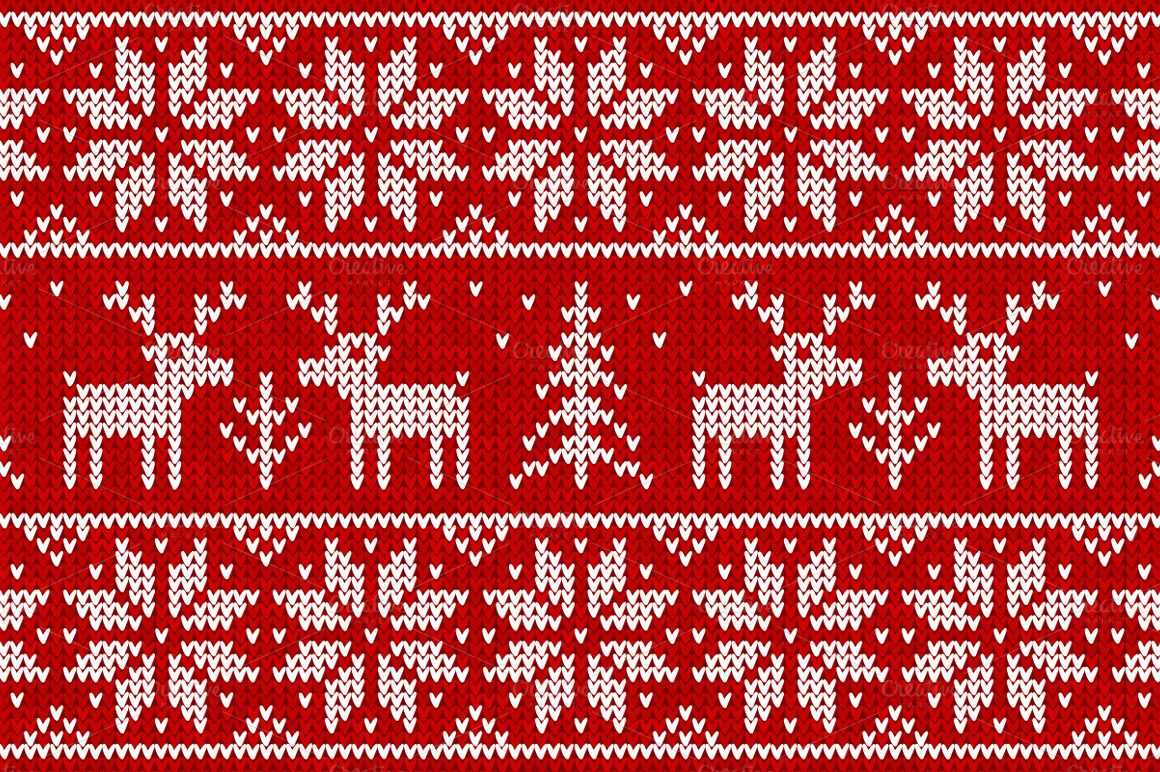
- Andean region: In the Andean region, indigenous peoples such as the Quechua and Aymara have a rich knitting tradition. Their patterns often incorporate symbols and motifs that are passed down through generations. One of the most famous patterns is the chullo, a traditional Andean hat with earflaps and colorful geometric designs.
- Mapuche: The Mapuche people of Chile and Argentina have a distinct knitting style known for its strong, bold patterns. Their designs often feature animal and nature motifs, reflecting their deep connection to the land.
Scandinavia:
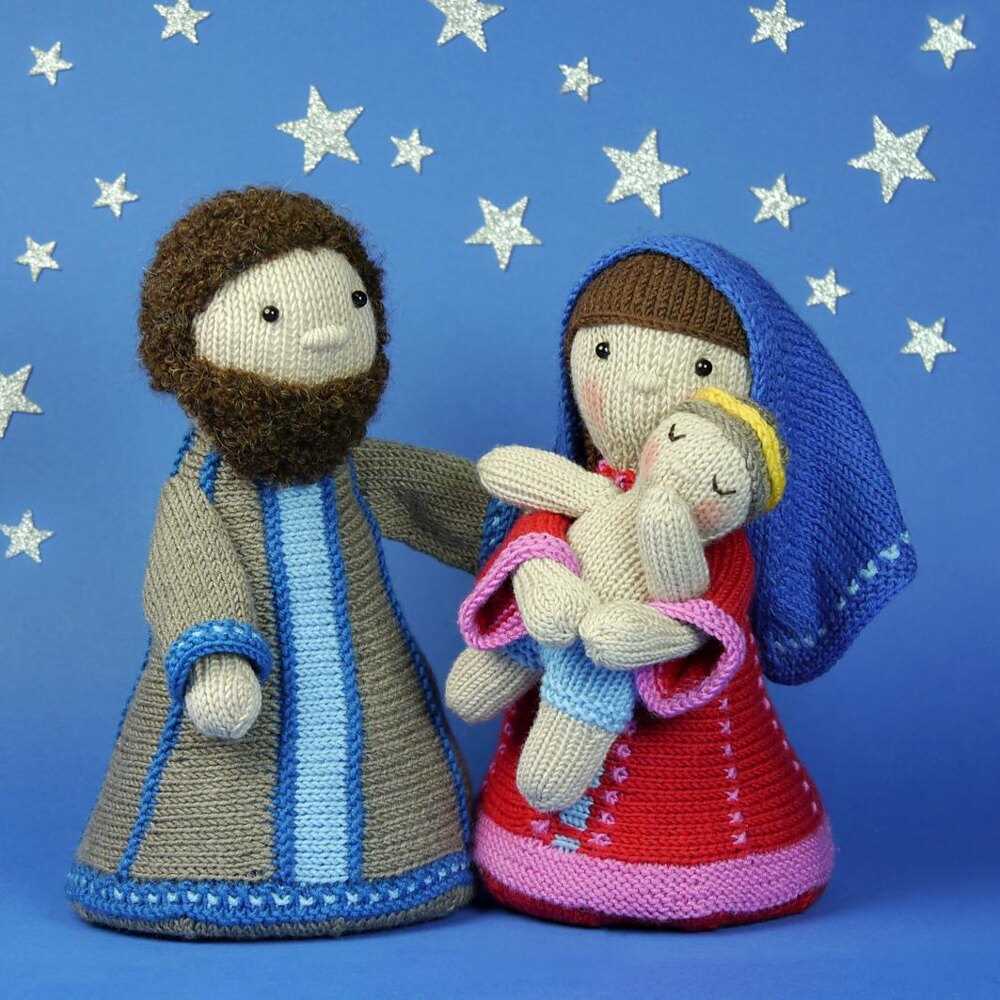
In Scandinavia, knitting has long been a part of the culture, with each region having its own unique patterns. The Fair Isle knitting technique, characterized by its intricate colorwork motifs, originated in the Shetland Islands off the coast of Scotland. In Sweden, the Dalecarlian horse is a popular motif found in knitting patterns, representing good luck and protection.
These are just a few examples of the diverse and beautiful native knitting patterns found around the world. Each region’s patterns tell a story and serve as a testament to the creativity and ingenuity of indigenous cultures. Whether it’s geometric designs, nature-inspired motifs, or symbolic patterns, native knitting patterns are a celebration of tradition and heritage.
Native Knitting Patterns in North America
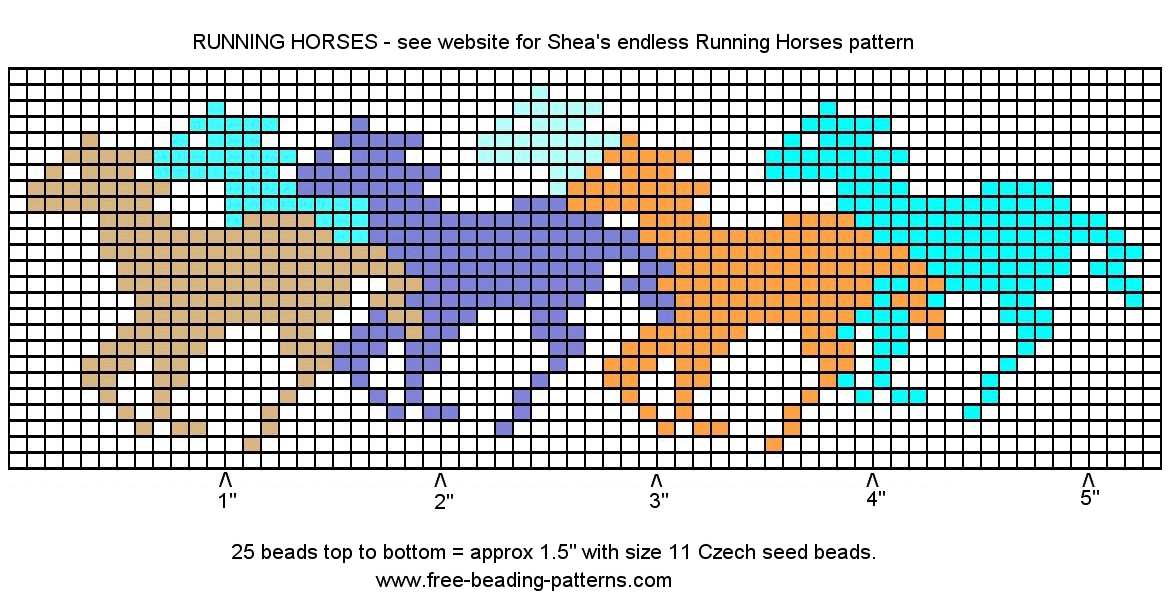
Native knitting patterns in North America have a rich history and are deeply rooted in the cultural heritage of Indigenous peoples. These patterns have been passed down through generations and continue to be an important part of Native American craft traditions.
One of the most recognizable Native knitting patterns is the Fair Isle pattern, which originated in the Fair Isle, Scotland, but has been adopted and adapted by Native American knitters. This pattern is characterized by its use of multiple colors and intricate geometric designs. The Fair Isle pattern is often used to create warm and cozy sweaters, hats, and mittens.
Another popular Native knitting pattern is the Cowichan sweater, which originates from the Cowichan tribes of Vancouver Island, Canada. These sweaters are known for their thick, wooly texture and bold, graphic designs. The Cowichan sweater is typically knit in the round and features motifs that represent elements of nature and tribal symbolism. These sweaters have become iconic symbols of Native American fashion and are highly sought after by collectors and fashion enthusiasts.
In addition to these well-known knitting patterns, there are countless other traditional patterns that vary by region and tribe. For example, the Inuit people of northern Canada and Alaska have their own unique knitting patterns that often feature animal motifs, such as polar bears and seals. These patterns not only showcase the skill and creativity of the knitter, but also serve as a way to connect with their cultural heritage.
Native knitting patterns in North America are more than just fashionable designs–they are a vital link to the past and a way for Indigenous peoples to express their identity and traditions. Through the art of knitting, these patterns are preserved and celebrated, ensuring that the rich cultural heritage of Native American knitting continues to thrive.
Native Knitting Patterns in South America
South America is home to a rich and diverse heritage of native knitting patterns. These patterns have been passed down through generations and are recognized for their intricate designs and vibrant colors. They reflect the cultural diversity of the region and each pattern has its own unique story and significance.
One of the most well-known knitting patterns in South America is the Andean Cross. This pattern is commonly found in the Andean regions of Peru, Bolivia, and Ecuador. The Andean Cross is characterized by its symmetrical design and is often used to symbolize the four elements – earth, air, fire, and water. It is believed to bring protection and good luck to those who wear it.
Another popular native knitting pattern in South America is the Inca Star. This pattern originates from the Inca civilization and is characterized by its geometric shapes and bold colors. The Inca Star is often used to create garments such as sweaters and hats, and it is believed to represent the connection between the earth and the heavens.
Native knitting patterns in South America not only serve as a cultural expression, but they also support local economies. Many indigenous communities rely on the production and sale of these traditional knitted items as a source of income. By purchasing and promoting these products, we can help preserve these unique knitting patterns and support sustainable development in South American communities.
In conclusion, native knitting patterns in South America are a treasured part of the region’s cultural heritage. Their intricate designs and vibrant colors reflect the diversity and richness of the South American culture. By appreciating and supporting these traditional knitting patterns, we can contribute to the preservation of this unique art form and the communities that rely on it.
Native Knitting Patterns in Europe
Europe has a rich tradition of native knitting patterns that have been handed down from generation to generation. These patterns often represent the cultural heritage of different regions and are unique to specific communities.
One of the most well-known native knitting patterns in Europe is the Fair Isle pattern, which originated in the Shetland Islands. This pattern is characterized by its use of multiple colors and intricate geometric designs. The Fair Isle pattern is traditionally used in the creation of sweaters and other warm garments, and it has gained popularity around the world for its distinctive style.
Scandinavian Knitting Patterns

Scandinavia is another region in Europe known for its native knitting patterns. The traditional patterns from this area often feature motifs inspired by nature, such as flowers, trees, and animals. These patterns are typically used in the creation of mittens, socks, and sweaters, and they are characterized by their intricate designs and intricate colorwork.
One well-known Scandinavian knitting pattern is the Norwegian Selbu pattern, which originated in the Selbu region of Norway. This pattern is characterized by its use of small, geometric motifs, often in a repeating pattern. The Selbu pattern is often used in the creation of mittens and is highly regarded for its intricate beauty.
Aran Knitting Patterns
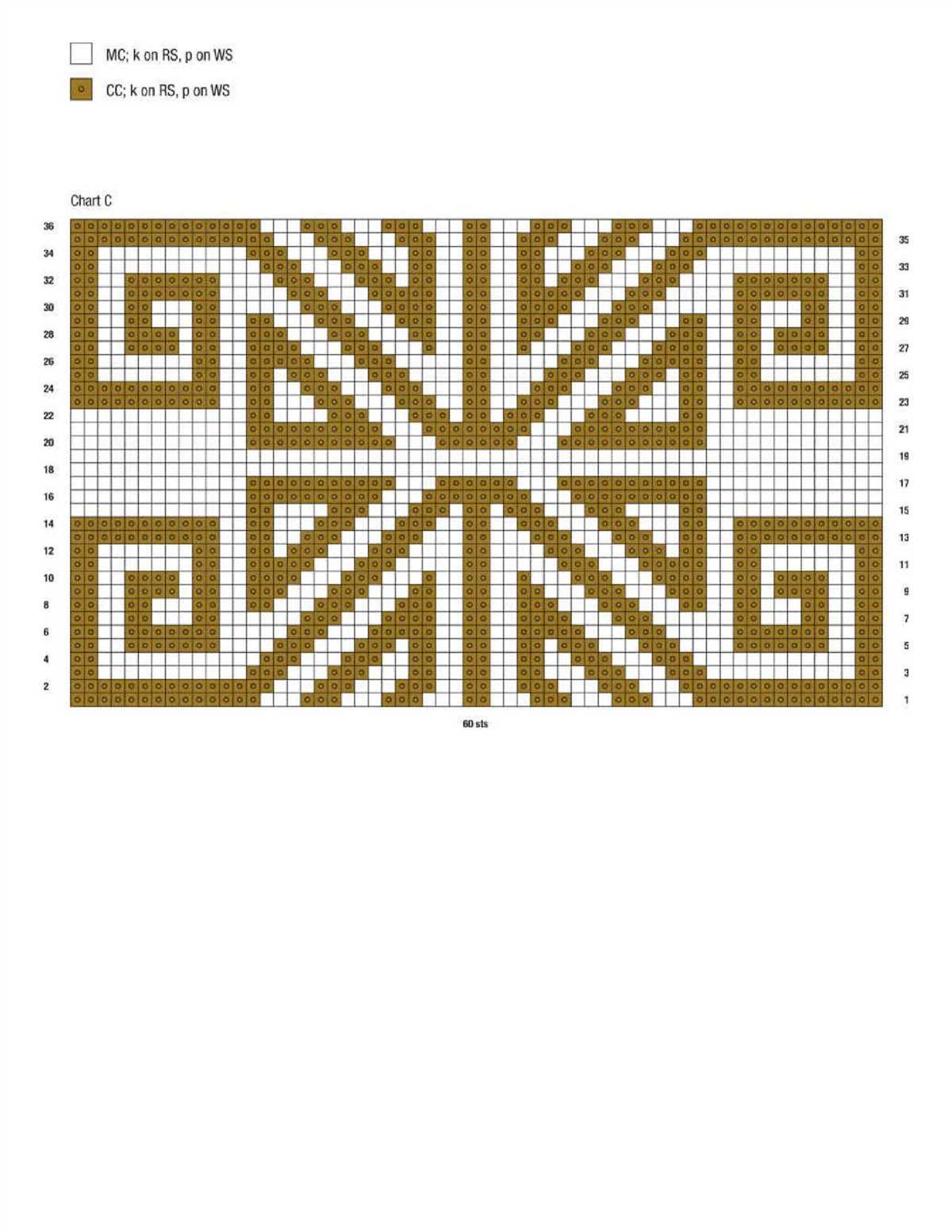
Ireland is famous for its native Aran knitting patterns, which have become synonymous with Irish craftsmanship. These patterns feature intricate cable and lattice designs that are reminiscent of the rugged landscapes and seafaring traditions of the Aran Islands. Aran knitting patterns are most commonly used in the creation of sweaters, and each stitch pattern has its own symbolic meaning, representing different elements of Irish culture and history.
Overall, native knitting patterns in Europe showcase the diverse cultural heritage and artistic traditions of the continent. From the intricate colorwork of the Fair Isle pattern to the symbolic cable designs of Aran knitting, these patterns continue to be cherished and celebrated by both locals and international knitting enthusiasts.
Native Knitting Patterns in Asia
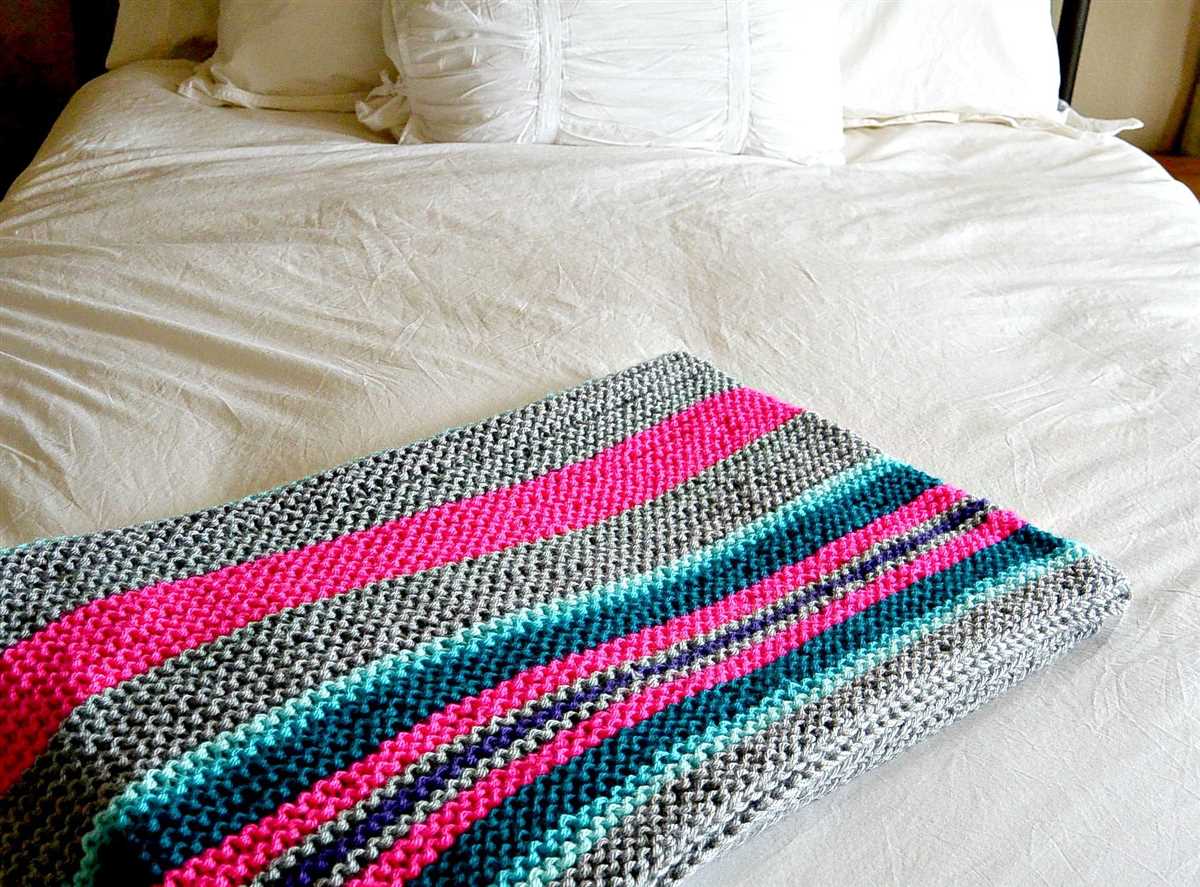
Asia is home to a rich knitting tradition, with each region having its own unique patterns and styles. From the intricate motifs of Central Asia to the geometric designs of East Asia, these native knitting patterns showcase the cultural diversity and craftsmanship of the continent.
In Central Asia, the knitting tradition is deeply rooted in the nomadic way of life. The patterns often reflect the nature and animal motifs that are abundant in the region. Traditional Central Asian knitting patterns commonly feature intricate geometric designs, floral motifs, and animal figures. These patterns are typically created using a combination of different knitting techniques, such as stranded colorwork and lace knitting.
East Asia, on the other hand, is known for its clean and minimalist knitting patterns. Traditional East Asian knitting patterns often feature simple geometric designs, such as stripes and squares. These patterns are often created using a combination of knit and purl stitches, resulting in a textured fabric. In addition to geometric designs, East Asian knitting patterns also incorporate symbols and motifs with cultural significance, such as the Chinese character for “double happiness” or the Japanese cherry blossom.
In South Asia, the knitting tradition is influenced by the vibrant colors and intricate patterns of traditional textiles. Traditional South Asian knitting patterns often feature bold and intricate designs, such as paisley motifs, floral patterns, and intricate borders. These patterns are typically created using a combination of different knitting techniques, such as lace knitting and cable knitting. The use of bright and contrasting colors is also a characteristic feature of South Asian knitting patterns.
Overall, native knitting patterns in Asia encompass a wide range of styles and techniques, each reflecting the unique cultural heritage of its region. Whether it’s the geometric motifs of Central Asia, the minimalist designs of East Asia, or the bold patterns of South Asia, these native knitting patterns continue to inspire and captivate knitters around the world.
Native Knitting Patterns in Africa
Africa is a continent rich in cultural diversity, and this diversity is reflected in its traditional knitting patterns. Each region and tribe in Africa has its own unique knitting techniques and patterns that have been passed down through generations.
One of the most well-known knitting patterns in Africa is the Ndebele pattern, which originates from the Ndebele tribe of South Africa. This pattern is characterized by bold geometric designs and bright colors. The Ndebele people use the pattern to create various items such as blankets, scarves, and shawls.
Another popular knitting pattern in Africa is the Kente pattern, which comes from Ghana. The Kente pattern is woven into the fabric rather than knitted, but it is still an important part of African textile culture. The pattern is made up of vibrant colors and intricate designs, and it is often used to create clothing, accessories, and home decor items.
In addition to these specific patterns, African knitting in general is known for its use of natural materials such as wool, cotton, and raffia. These materials are often dyed using traditional methods and natural dyes, resulting in unique and vibrant colors.
Overall, native knitting patterns in Africa are a testament to the continent’s rich cultural heritage and artistic traditions. They not only reflect the diversity of African cultures, but also serve as a source of inspiration for contemporary African designers and artisans.
Conclusion
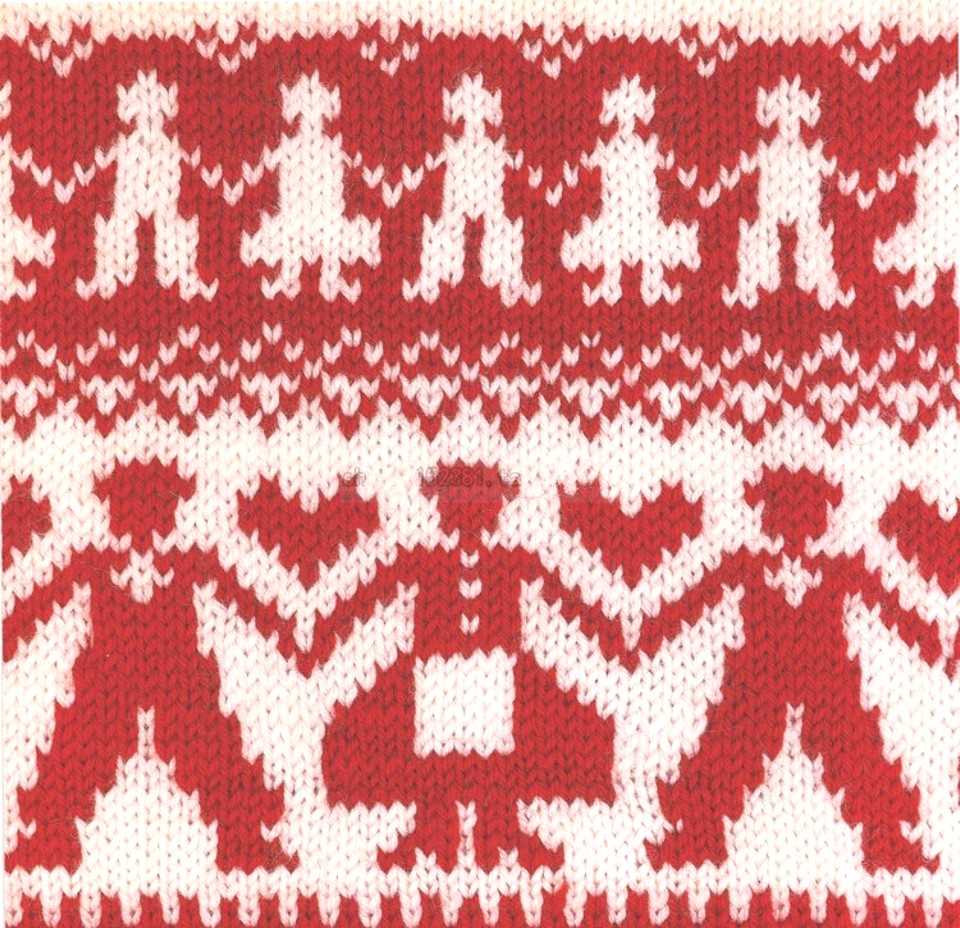
In conclusion, Native knitting patterns in Australia play a significant role in preserving the cultural heritage of Indigenous communities. These patterns not only represent the rich history and traditions of the Aboriginal and Torres Strait Islander peoples, but also serve as a means of storytelling and connection to the land.
Through their vibrant colors, intricate designs, and symbolic motifs, these knitting patterns capture the unique beauty and diversity of Australia’s indigenous culture. They have become a source of inspiration for contemporary designers and artists, who continue to incorporate these patterns into their creations.
By supporting and embracing native knitting patterns, we can contribute to the preservation and revitalization of indigenous traditions. Whether through knitting our own garments or purchasing products that feature these patterns, we can help sustain the cultural legacy of Aboriginal and Torres Strait Islander peoples.